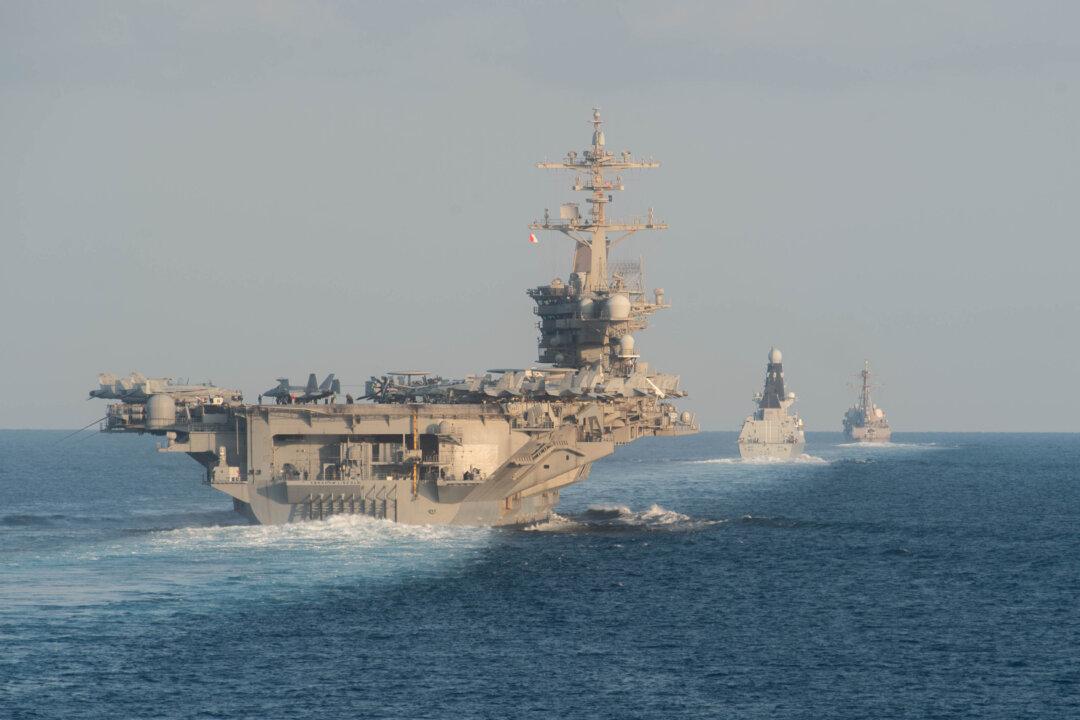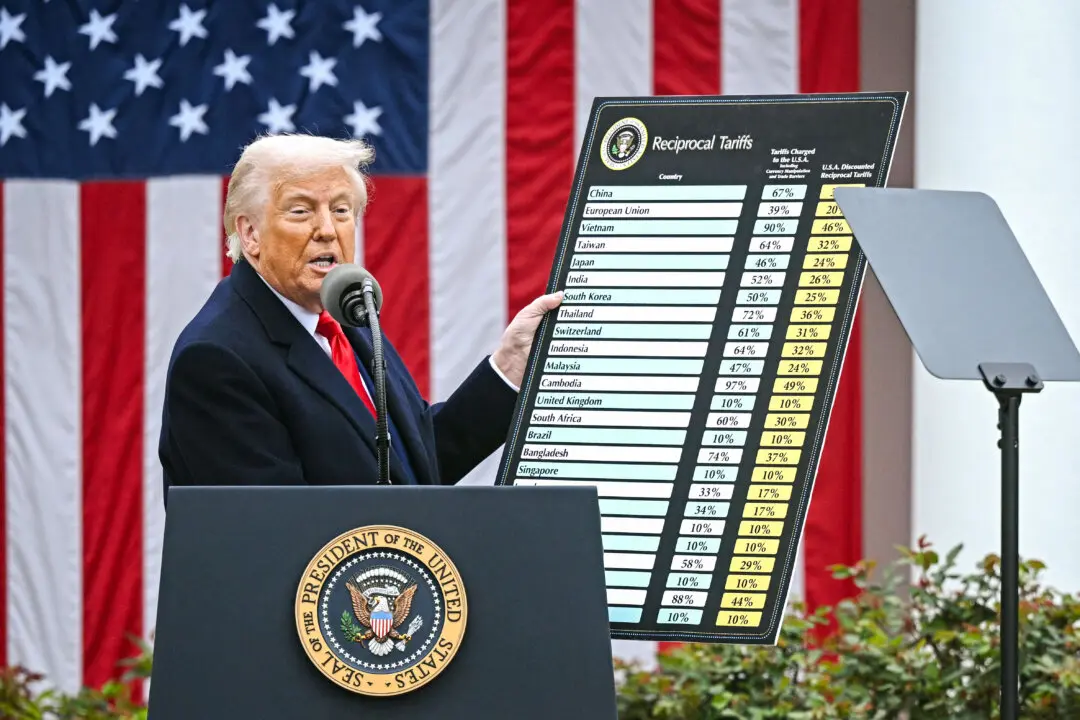An Iranian commander said there are potentially 35 U.S. targets Tehran is willing to strike after the death of Gen. Qassem Soleimani, raising the possibility of possible attacks on ships in the Gulf and Strait of Hormuz, the world’s biggest oil chokepoint.
“The Strait of Hormuz is a vital point for the West and a large number of American destroyers and warships cross there ... vital American targets in the region have been identified by Iran since long time ago," Gen. Gholamali Abuhamzeh, a commander of the Revolutionary Guards in a southern province, was quoted by Reuters as saying. "Some 35 U.S. targets in the region as well as Tel Aviv are within our reach.”





